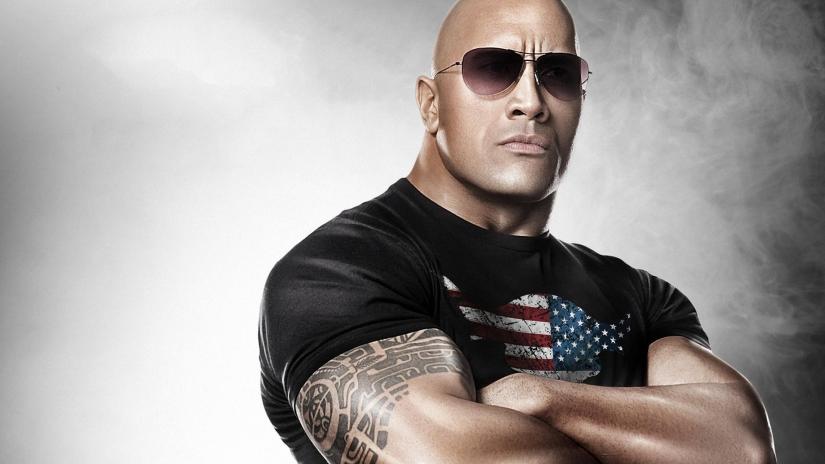
Let’s say you are writing a story in a made-up world. The good news is that you can create the world however you’d like. Here is more discussion about that.
However, now you have a lot of names to create, both for characters and places. How do you do that? We’re going to look at a few methods to use to keep names consistent in your world.
Note that when I say fantasy worlds, I’m not just talking about ones with magic and people with swords living in castles. The same principles would apply for any created world that is not our own.

Remember the Reader
It is always important to remember your audience when you are writing and especially when creating fantasy names and cultures. It is more important in fiction to be relatable to the reader than accurate to the world you are making. What I mean by this is that you might create a world where the name Lkhxyl is a very common name but this is a terrible name if you are writing for English speakers (and most other languages too, I would guess.) It’s unpronounceable, which makes the character much less relatable (also, it’s just cruel if your story is ever made into an audiobook.)
You also need to be aware of any cultural associations your names might hold for your readers. Forty years ago, a character named Bella might not have any associations attached; however, now it might make people think of Bella Swan from Twilight. The same can apply to any famous person. It doesn’t mean you can’t use them, but you should be aware that if you use names like Barack, Ree-Anna, or Duke Trompe, people just might think of real people when they read your story, whether you want them to or not.
Run your names past someone else to check for unintentional similarities. I once created an Elven character named Cardor, which is a perfectly respectable Elven name. However, once I said it out loud to my friends, we all realized a character named car door would not work.

Naming Methods
It is possible, of course, to just blast away, making up random names as you go. The problem with this is that the names could see inconsistent (e.g. “Here is Yasdfhdn and his brother Timmy”) or just silly. When E.R. Eddison wrote the book The Worm Ouroboros, he insisted on using the character names he had made up when he was a teenager. That’s why the main characters are called Juss, Spitfire, Goldry Bluszco, and Brandoch Daha.
Here are some possibilities.
1. Cultural Similarity
This is the simplest way to make names consistent. If your made-up world is similar to a culture in our world, you can use names from there or that sound similar to the names from that culture. That is why fantasy stories that take place in a world similar to medieval Europe might use names like William, Charles, or Baldwin, for example. If your world is similar to China, the characters might have names like Wu, Chen, and Hong. Even if it’s a totally different world, you can still make comparisons to cultures in our world through names.
2. Parallel Familiarity
This is naming on a whole different level. This is where you put the reader in the main character’s place and make the names equivalent to how familiar the reader would be with those names.
A good example is Star Wars (whether George Lucas intended it or not.) The main character’s name is Luke, which is a typical name in the US, where the movie was made. This makes him feel more familiar to the audience. Characters near him are Ben Kenobi, Han Solo, and Leia. The names still sound familiar but are not normal American names. The next level out would be aliens with names like Chewbacca and Yoda that would be the most exotic to Luke and also to the reader.
This was done very intentionally in The Lord of the Rings, by J.R.R. Tolkien. The names of the hobbits are all very similar to English names. The Rohirrim, who are supposed to have some cultural connections with the hobbits, have names that are similar to old English or Scandinavian languages since they are names we would see as foreign but a little familiar. Orcs are supposed to be completely alien to the main characters and they have names like Shagrat, Gorbag, Snaga, etc.
This is a pretty hardcore method of naming so it’s not very easy to do, but it can have a very good effect by letting the reader know who might be familiar to the main character and who isn’t, just by their names.
3. Minimalist Names
This is where names are just single words or descriptions and usually start with “the”: for example, calling one of your characters The Watcher or calling a town The City. This is something that has become more popular in the last few decades, especially in dystopian stories. One of the first stories to make this popular was The Giver, by Lois Lowry.
Because there is no subtlety to this type of name (e.g. I’m a writer, so my name is Writer), they give a very stark and mechanistic feel, which is why it is used so much in dystopian stories. Some other examples:
The Maze Runner:
- The Glade: the place where they live inside The Maze (it’s a glade)
- The Scorch: an area of desert (it’s scorched)
- The Flare: a disease (it flares up, I guess?)
Divergent
- Abnegation, Dauntless, Amity, Candor, Erudite: the names of the five factions of society (descriptions of what they’re like)
- Four: one of the main characters (he has four fears)
- The Choosing Ceremony: the ceremony where people choose their faction
The Hunger Games
- The Reaping: the ceremony where kids are picked for the hunger games
- The Capital: the capital city
- District 1, 2, 3, etc.: the names of the states of the country

4. Easter Egg Names
These are names that are unfamiliar to most readers but do have a hidden meaning. Personally I love using this kind of name myself, and I love finding out when other writers use them since there is an extra layer of satisfaction. This could be names that have a meaning in another language or is a reference to something in history or mythology.
Here are some examples of this:
- Aslan, the lion from The Chronicles of Narnia. Aslan means ‘lion’ in Persian.
- Tatooine, the planet where Luke Skywalker from Star Wars is from. Tatooine is the province of Tunisia where Star Wars: A New Hope was filmed
- Camazotz, the evil planet in A Wrinkle in Time, by Madeleine L’Engle. Camazotz are bat-like monsters in Mayan mythology.
5. Your Own Naming System
A final way to create names is to make your own system. Maybe in the culture you are creating, most male names end with -hit and females names usually end with -fan. Or you could distinguish names from different cultures in your world by what letters they often use. For example, in popular culture, Elven names usually have a lot of vowels and use letters like “l”, “r”, “f”, whereas Dwarven names often have letters like “k”, “g”, and “z”. You don’t have to explain any of this in the story, of course. The reader will just learn this as they read.
These are just possibilities, of course. You can make whatever types of names you would like. But it’s good to think not only why you are using that name, but also what the reader will think when they read it.


Now It’s Your Turn
- The next time you watch a movie or read a book that takes place in another world, notice the names they use. Are the names consistent in some way or are they just random? Do you think they work for the characters and places?
- If you have written any stories in another world, look at the names you used. Think about why you named them that and what the images and feelings associated with that name are. You can ask others this too if you’re not sure since they will have an outside perspective.
If you have any questions about writing or other topics you want me to talk about in Writing Corner, just send me an email at info@greenwalledtreehouse.com.
